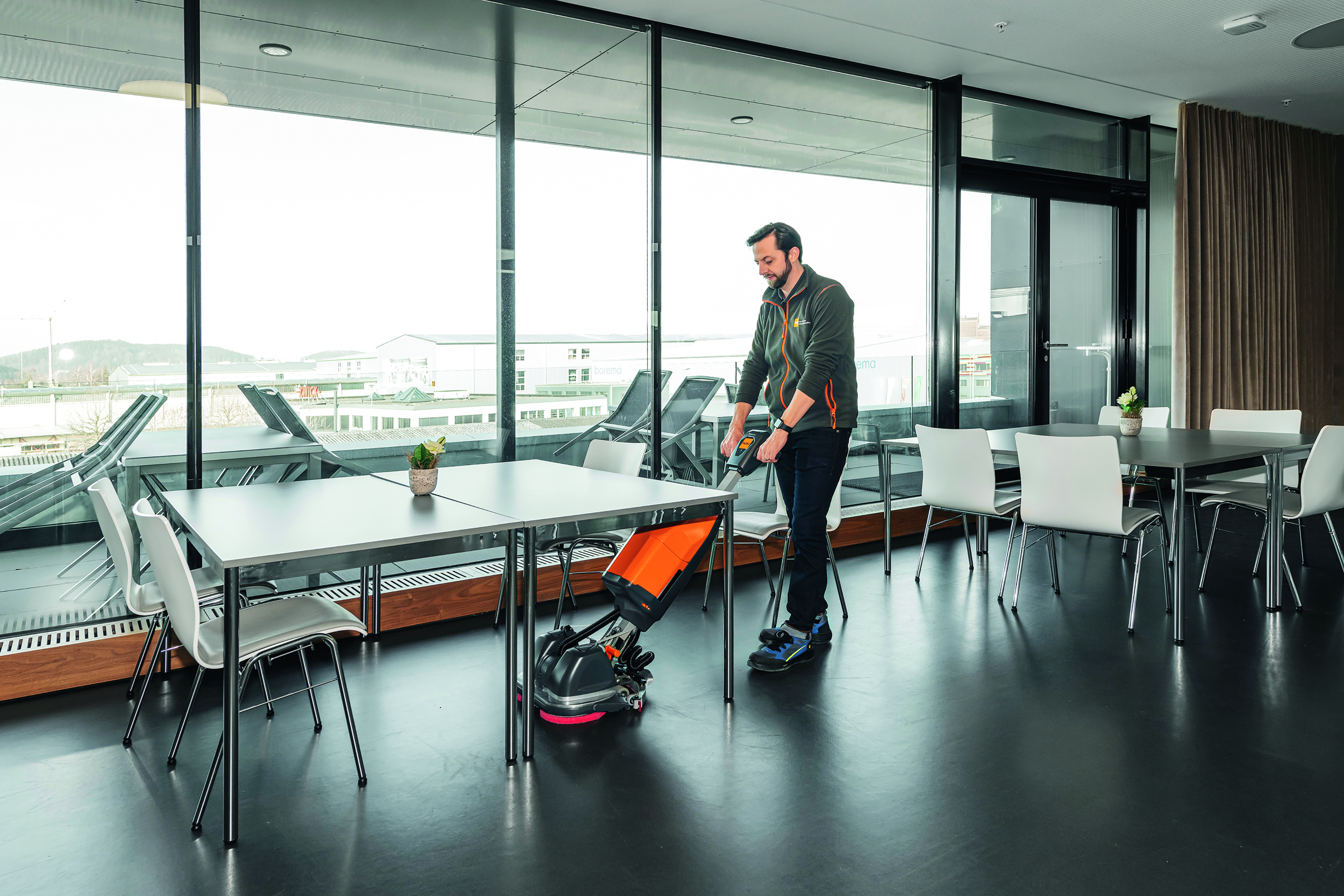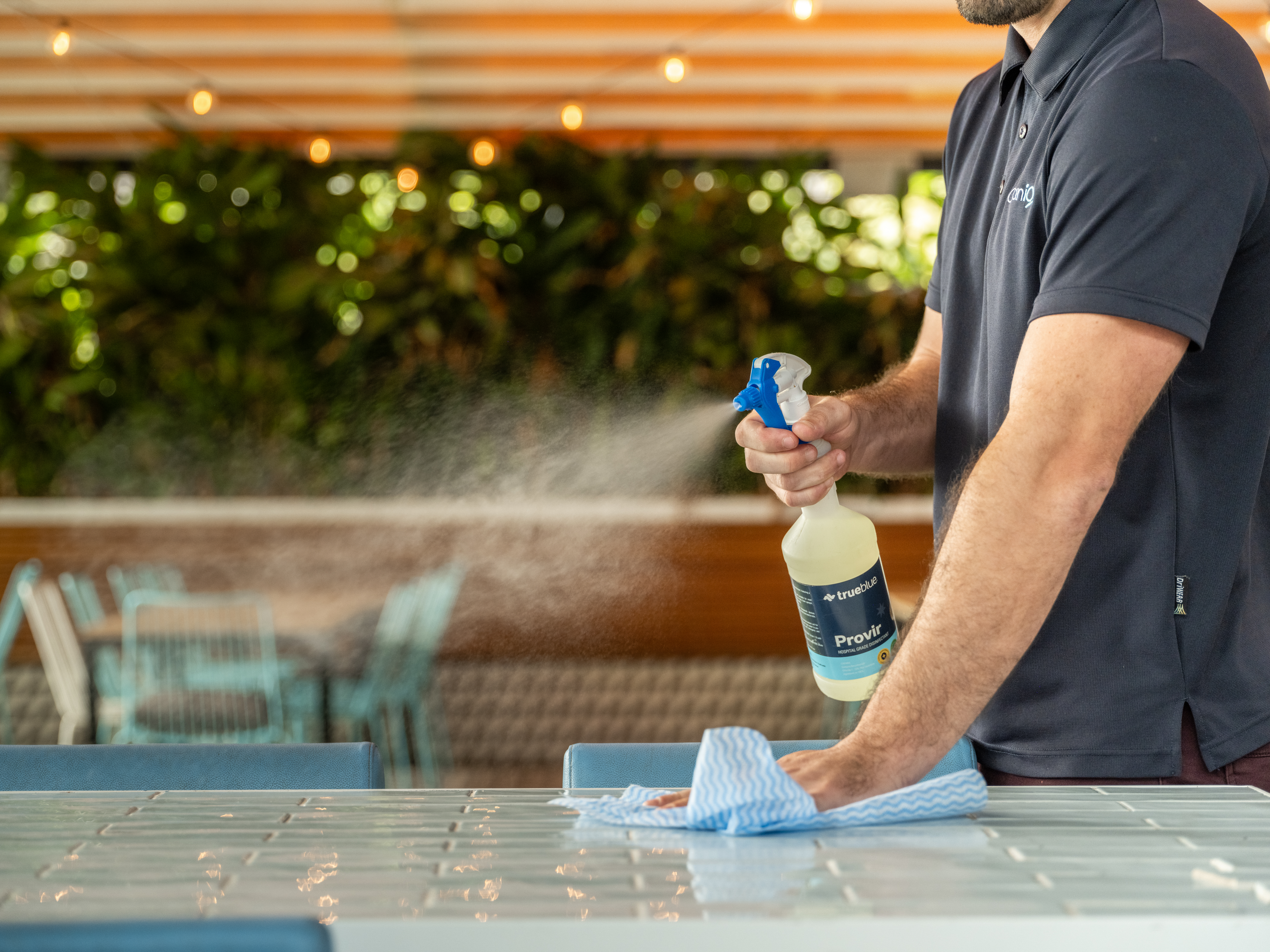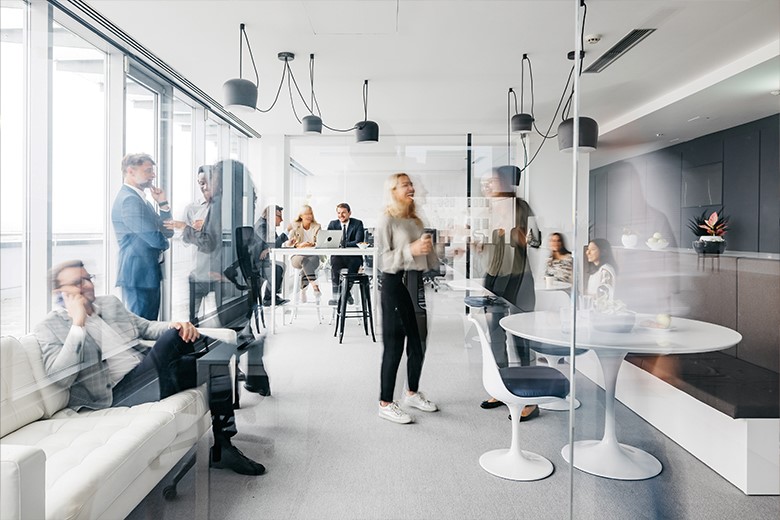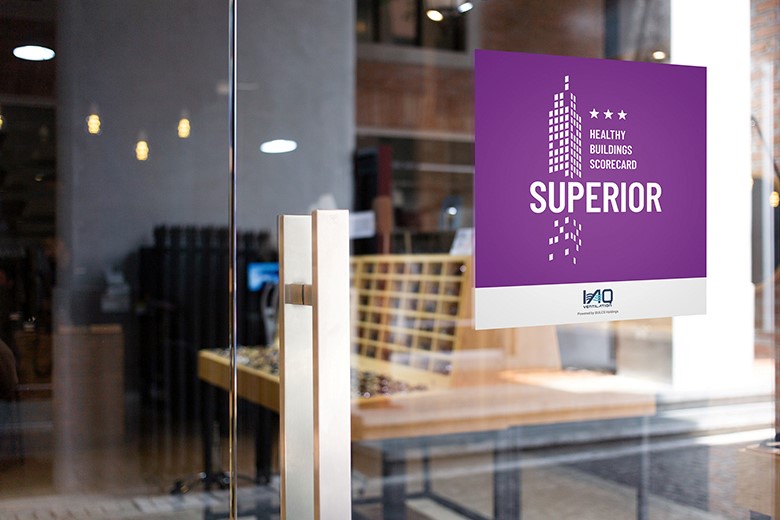
To say it’s been a time of change on many different levels since the start of the pandemic is an understatement.
Discomfort and vulnerability are two of the most prevalent emotions people have about heading back out into the world, especially places that were frequently visited before the pandemic hit – schools, malls, and offices, to name just a few.
As the world slowly opens back up in the wake of the COVID-19 pandemic, the return to public spaces has served as a springboard for discussion and debate.
Sub: Building hygiene-forward culture
For a long time during the pandemic, many of us have established routines of minimising outdoor activities and having essential supplies delivered.
As we gradually make our first foray back into public spaces some deem to be petri dishes for viruses, uncertainties about hygiene standards in the open makes going out in person now feel like a whole new experience.
This begs the question – will spaces be able to cater to our hygiene needs, and will everyone else take the same care for our health that we take at home?
If public spaces cannot deliver an environment where visitors feel secure when they’re out, then the wider economic success will be difficult to achieve. The most efficient way to address this issue is to take stock of the state of current spaces with facility managers.
Pre-COVID, businesses’ key concern for bathrooms was providing cost-effective products, with one-fourth listing this as their priority, according to a recent Kimberly-Clark Professionals survey.[1]
That figure has now dropped to 7 per cent, as business teams shift their focus to ensuring washrooms are as ‘touchless’ as possible (26 per cent, up from 9 per cent)[2].
Ideally, people should be able to use shared equipment and spaces such as bathrooms with as little surface contact as possible – from doors to sinks to touchless paper towel dispensers – with access to sanitisation materials for contact surfaces.
[1] Research was commissioned by Kimberly-Clark Professional. It surveyed 554 washroom end-users and choosers across Australia. The research was carried out in January 2022. [2] Based on the Kimberly-Clark Professional’s research findings.

For example, more than 50 per cent of people consider a touchless environment in the washroom to be critical, while 47 per cent seek out touchless disposable paper towel dispensers. On top of that, 72 per cent feel that the condition of a washroom reflects hygiene standards for the rest of the establishment.[3]
Dr Charissa Ng, Principal Clinical Psychologist from Putra Star Care, adds that environmental psychology often plays an important role in well-designed shared spaces, in which personal boundaries can be preserved while keeping such facilities open for communal use.
While a shared space naturally blurs the spatial boundaries between individuals, the appropriate and careful placement of contactless equipment in public bathrooms, for example, not only improves hygiene but also mitigates against the infringement of such boundaries. Dr Ng says that consequently, this could serve to improve a person’s experience.
“Individuals often derive a sense of personal safety and comfort when one’s personal space remains intact. Biologically speaking, our brain turns on the parasympathetic nervous system, which lowers the amount of cortisol (the stress hormone) that our body experiences. This then shuts off the sympathetic nervous system, which is responsible for sensations of anxiety and stress, which leads to inducing a more comfortable user experience, despite the physical constrains of a shared space.”
Sub: The new ways of working
The back-and-forth over new ways of working has been another hot topic of discussion, with good reason. Even if the spread of COVID-19 stopped tomorrow, we cannot deny that we have entered a new era of work.
Dr Ng noted, “Unsurprisingly, a significant number of employees would look forward to returning to the office. Apart from the lack of social interaction, working from home has made it difficult for individuals to strike a good work-life balance both physically and mentally. Meanwhile, having the ability to adopt different environmental settings for work and personal space facilitates boundary-setting, which in the long run allows employees to better cope and manage different facets of their lives.”
But here’s what we know, employees want to return to the office, under the proper conditions. For 41 per cent of Asia Pacific employees, that includes working remotely for 40 to 60 per cent of the work week. Still, 81 per cent according to the Kimberly-Clark Professionals survey[4] said they believed office buildings to be high or moderate risk locations for contracting COVID-19.
What will companies need to do to reassure employees that these workplaces are safe shared spaces to return to regardless of the frequency they return to the office, and what sort of hygiene behaviour should we anticipate from colleagues as people return to work onsite?
During their days in the office, employees now expect their health and safety to take priority, with 41 per cent indicating that they would like their offices to provide better on-site amenities, including those that protect their health.[5]
To achieve that, companies need to take a serious look at current hygiene standards and equipment. In companies with 100-200 employees, 61 per cent agree that bathroom-related complaints rank in the top three in their building or facility. In companies with more than 200 employees, this number remains in the majority – 59 per cent.[6]

The added benefits of addressing these concerns are that it improves the overall employee experience. Nine out of 10 employers in the region prioritise employee experiences as an indicator of post-pandemic success.[7]
The key to realising that success is to strengthen hygiene and cleanliness practices in the office, so employees can feel safe, confident, and productive as they return to the workplace.
To ensure that these shared spaces stay up to standard, facility managers need to constantly check in with people or employees – even anonymously – about their experiences within the space to understand what the benchmarks are for future improvements or if policy changes are needed to build a stronger and more reassuring environment.
Dr Ng says, “A sense of agency is often critical to allow for permanent positive changes. As most societies require that members are held responsible for their actions, fostering a sense of control and ownership transforms individual members from mere participants to stakeholders in the process, which naturally leads to higher levels of responsibility and accountability. The implementation of such forms of behavioral management also benefits social groups and promotes social cohesion.”
By taking these steps, public spaces such as offices, schools, healthcare facilities and retail stores can help future-proof their success through heightened hygiene experiences and construct an environment that prioritises physical and mental health for everyone.
[1] Research was commissioned by Kimberly-Clark Professional. It surveyed 554 washroom end-users and choosers across Australia. The research was carried out in January 2022. [2] Based on the Kimberly-Clark Professional’s research findings. [3] Based on the Kimberly-Clark Professional’s research findings. [4] Based on the Kimberly-Clark Professional’s research findings. [5] https://www.icmif.org/wp-content/uploads/2021/06/ICMIF-EY-Work-Reimagined-Presentation-June-2021.pdf [6] Based on the Kimberly-Clark Professional’s research findings. [7] Willis Towers Watson survey - https://www.wtwco.com/en-TH/News/2021/06/more-than-9-in-10-employers-make-enhancing-the-employee-experience






Gary Oskay on: Industry Leaders Forum: Wayne Hill, CEO, RapidClean Group
John Ford on: Industry Leaders Forum: Joe Camilleri, Managing Director, Central Cleaning Supplies
Jasmine Soh on: Empowering the Oceania Cleaning and Hygiene Industry: INCLEAN Unveils Its Unified Magazine